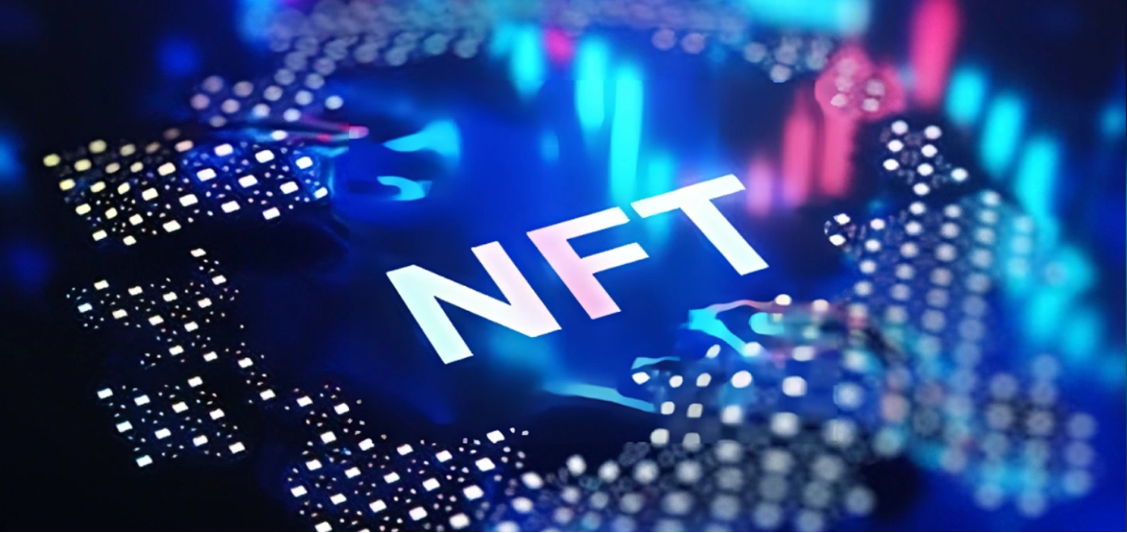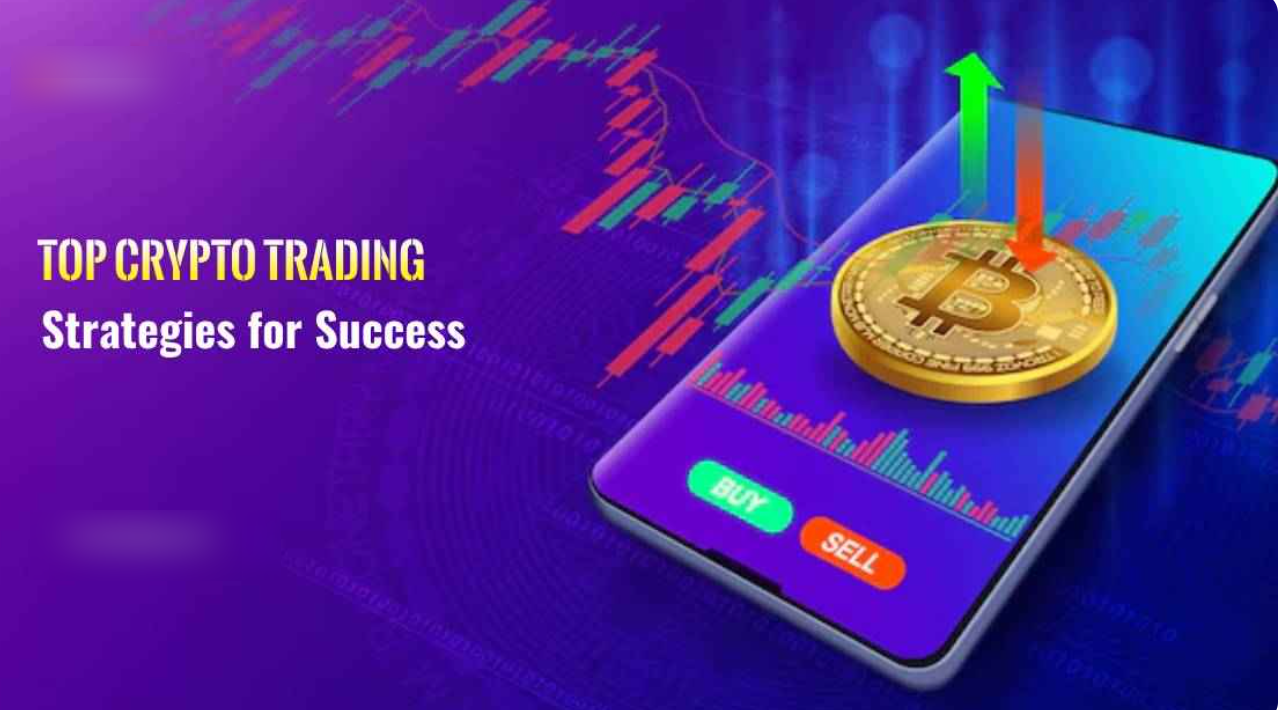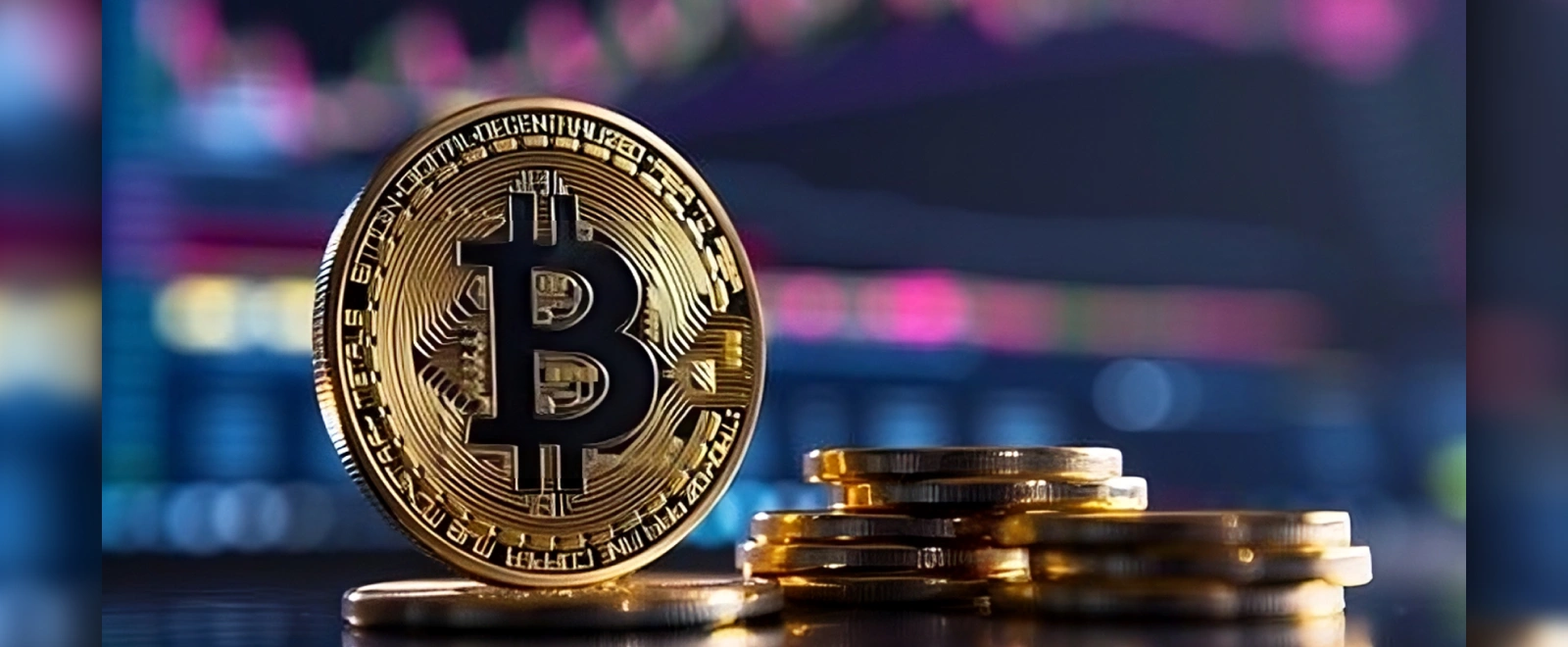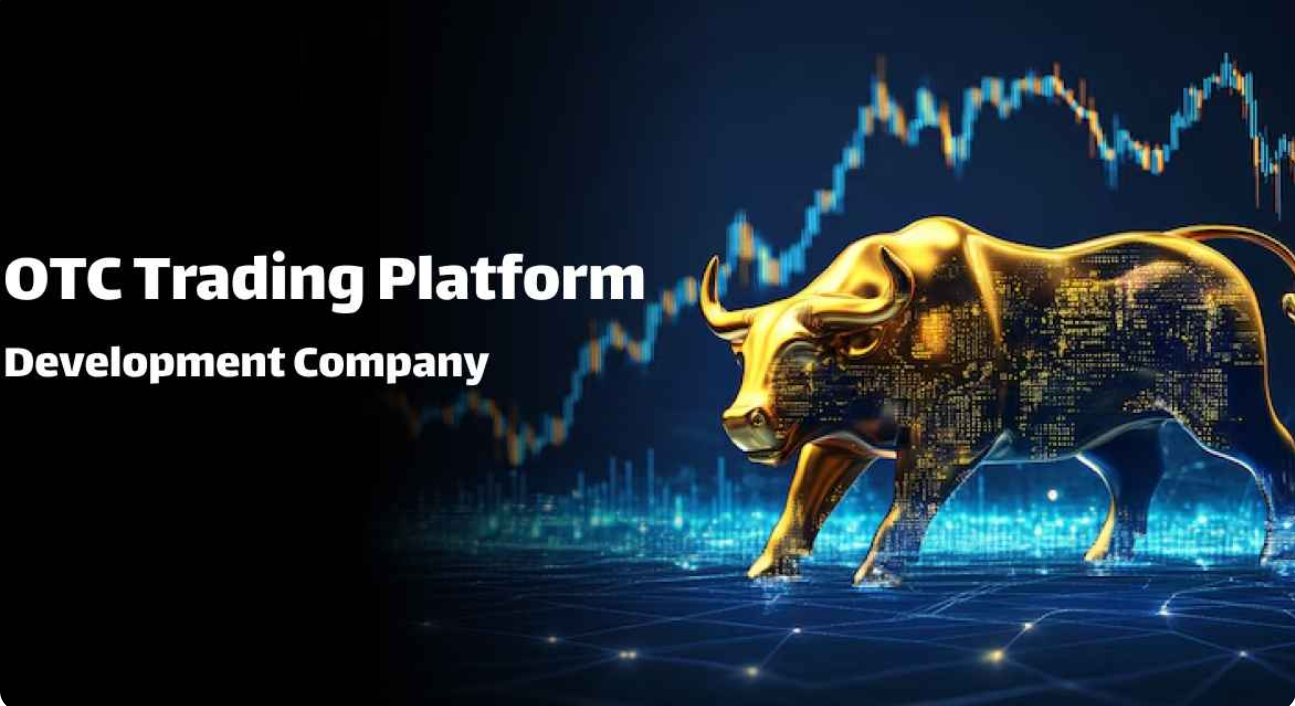
A multi-chain NFT market development company
Explore the NFT field: Bitdeal's expertise in multi-chain NFT market development
Before discussing the "multi-chain NFT market", first of all, you need to understand what NFTS and markets are
NFT (Non-fungible Token) : It is a special type of digital asset that uses blockchain technology to represent the ownership or authenticity proof of unique items or content.
NFT Marketplace: An NFT marketplace is an online platform where you can buy and sell NFTS. It refers to a digital platform for people to trade NFTS.
If you want to learn more about the NFT market and its operating strategies, please refer to our previously published article: What is the NFT Market and How Does It Work?
Now, let's take a look at the multi-chain NFT market. Conventional NFT markets usually operate on a single blockchain. Blockchain is like a digital ledger that can securely record all transactions and ownership changes of these NFTS.
Due to the single operation of blockchain networks, it is difficult for people to buy and sell the NFTS they create between different blockchain networks. We cannot guarantee that all NFTS on the market are in the same blockchain network.
This is where the "multi-chain" part comes into play, as it ignores these issues. Let's take a detailed look at "What is a multi-chain NFT market?" "
What is a multi-chain NFT market?
A multi-chain NFT marketplace is a platform where you can buy, sell and trade NFTS (a unique digital asset) on multiple blockchain networks. Users are no longer confined to a single blockchain but can access and trade NFTS from different blockchain networks on a single platform. This provides greater flexibility and a wider range of choices for NFT transactions. Therefore, people can easily buy and sell NFTS on any other blockchain network. Let's see how it works.
How does it work?
Multi-chain NFT markets operate through blockchain interoperability. In simple terms, interoperability means that different blockchain networks can share information and exchange data.
Multi-chain NFT markets connect different types of blockchain networks, enabling NFTS to be bought and sold seamlessly among these networks.
This is achieved by establishing digital Bridges between different networks, enabling assets to be moved easily and traded smoothly.
Take OpenSea as an example. It is a great example of a multi-chain NFT market. Here, you can buy and sell NFTS using different blockchain networks (such as Ethereum, Polygon, BNB Chain, Solana, etc.). So, if an artist creates an NFT on Ethereum, don't worry! They can still sell it to people who use other blockchains, such as Polygon. It's like a universal market where everyone can participate regardless of which blockchain they prefer.
The main features of multi-chain NFT markets
Multi-chain integration: These markets are seamlessly connected to different blockchain networks, expanding transaction opportunities and diversifying user choices.
Digital wallet: A user-friendly digital wallet offers a convenient and easily accessible way to manage, buy and sell NFTS within the marketplace at any time.
Smooth transactions: Even if you move between different blockchain networks, its smart technology makes buying and selling NFTS a breeze.
Lower costs: By supporting different blockchains, these markets can offer lower-cost options. Its relatively low cost also helps start-up companies develop their markets.
User flexibility: You can choose the blockchain that best suits you, whether it's due to lower fees, faster transactions, or other preferences.
Security: Robust security measures ensure the safe storage and transfer of digital assets, allowing users to rest assured and worry-free.
The advantages of multi-chain NFT markets
Global market coverage
The multi-chain NFT market has opened the door to opportunities for global artists and buyers. These platforms enable creators to share their NFTS with people around the world without any risk, reaching a diverse audience and breaking through conventional limitations.
Diversified asset support
Multi-chain NFT markets can support various digital assets, including art, music, virtual real estate, etc., catering to a wide range of interests.
High transparency
By leveraging the transparency of blockchain, multi-chain NFT markets offer clear and unalterable transaction records. This transparency helps enhance trust among users and ensures that the ownership and transaction history of NFTS are easily accessible and verifiable. Therefore, its open-source feature helps people build trust.
Low oil prices
By integrating with multiple blockchains, multi-chain NFT markets can offer options for lower transaction fees (Gas prices). This cost-effectiveness can reduce the economic burden on users when they purchase, sell and trade NFTS, thereby benefiting them.
How to create a multi-chain NFT market
Define your goals
Clearly outline the goals you hope the multi-chain NFT market will achieve. Understand your target audience and the types of digital assets you wish to support.
Select a blockchain network
Select the blockchain network to be integrated. Popular choices include Ethereum, Polygon, Binance Smart Chain, Solana, etc., which are the most commonly used and popular blockchain platforms.
Participating development team
Work with experienced blockchain and NFT development teams to help you realize your market vision.
Smart contract implementation
Develop smart contracts to manage the ownership and trading of NFTS. Ensure that these contracts can run across multiple blockchains.
User-friendly interface
Design a user-friendly platform to facilitate easy navigation for creators, collectors and users. Ensure its seamless compatibility with multi-chain functions.
Safety measures
Implement powerful security protocols to protect user data and digital assets. Security is of vital importance in the NFT field.
Testing phase
Thoroughly test your multi-chain NFT market to identify and resolve any potential issues. Ensure that the platform operates smoothly on all integrated blockchains.
Listing and market
After the test is successful, you can launch your market. Promote both within and outside the NFT community to attract creators and collectors.
Continuous improvement
Regularly update and improve your market based on user feedback and technological advancements. Maintain adaptability in the constantly evolving NFT field.
As mentioned above, it is crucial to find the right development team for your dream project. Therefore, if you want to create your own multi-chain NFT marketplace platform, Bitdeal is your right choice. Our experienced developers will assist you in creating a simple and unique multi-chain NFT marketplace platform that meets your expectations. Our development team has a clear vision and a definite development process. The combination of the two will elevate your platform to a new level.
A popular multi-chain NFT blockchain platform
There are various types of blockchains, each with its unique functions. These technologies are like super tools, helping NFT platforms operate efficiently. Let's list some reliable blockchains used in NFT markets.
- Ethereum
- Tezos
- Solana
- Avalanche
- Binance Smart Chain
- Flow
- Polygon
The above-mentioned blockchain platform is the most commonly used one for creating multi-chain NFT markets.
The future of Multi-chain NFTS
The future of multi-chain NFTS is remarkable! With the interconnection and interoperability of different blockchains, NFTS will become more convenient, flexible and widely loved. At that time, buying, selling and using NFTS will become extremely convenient. This is like opening a new door for digital creativity and ownership.
In the future, the digital world will not only become more convenient, but also more interconnected and vibrant. NFTS will have unlimited possibilities, making the digital world more colorful and full of opportunities.
So, get ready to embrace a more accessible and exciting digital world where everyone can take part in NFT adventures!




